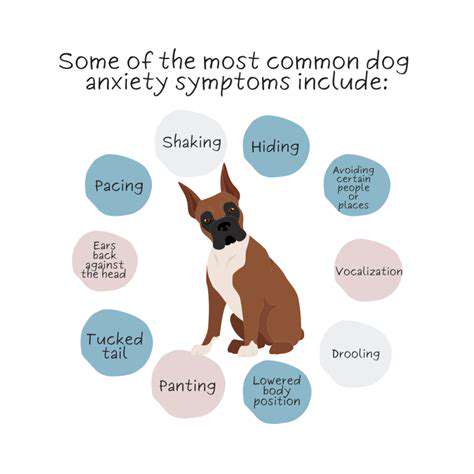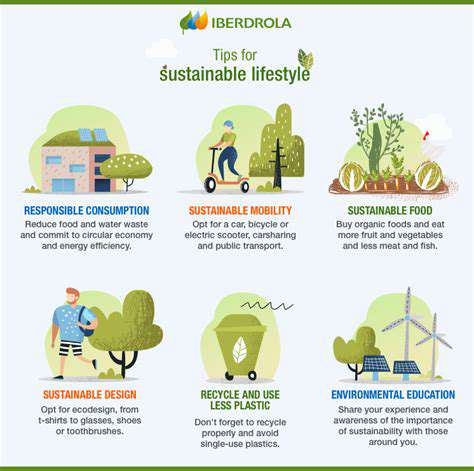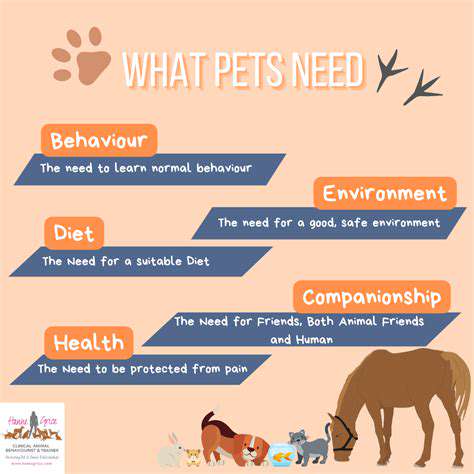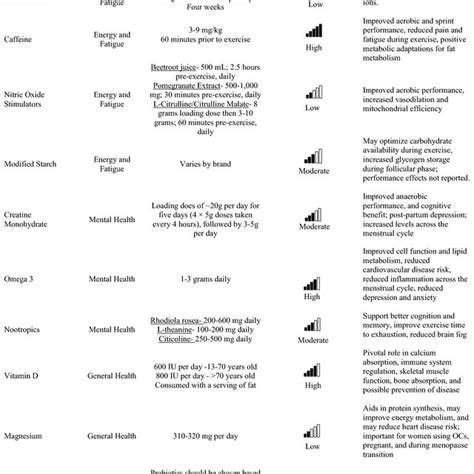Grooming for Show Dogs: Tips from Experts

Preparing Your Dog for the Grooming Process
Understanding Your Dog's Needs
The foundation of successful show dog grooming lies in recognizing your pet's unique requirements. Canine breeds display remarkable variation in fur texture, skin sensitivity, and behavioral tendencies. Animals with layered undercoats demand completely different care compared to their single-coated counterparts. This personalized understanding transforms grooming from a chore into a bonding opportunity that benefits both handler and animal.
Watch for subtle cues during grooming interactions. Excessive yawning, lip licking, or avoidance behaviors may indicate discomfort. When these signs appear, immediately modifying your approach or consulting an expert can prevent lasting negative associations with the grooming process. A relaxed, confident dog not only looks better but also cooperates more willingly.
Establishing an Ideal Grooming Space
Creating the right atmosphere significantly impacts grooming outcomes. Select a low-traffic area with familiar scents where your companion feels at ease. Keep stimulating elements like televisions or noisy appliances turned off during sessions. Have plush bedding and absorbent pads on hand to ensure physical comfort throughout the procedure.
Introduce equipment systematically rather than all at once. Begin with basic implements like pin brushes or shedding blades, allowing the animal to investigate each item. Generous reward-based training establishes positive neural pathways connecting grooming tools with pleasurable experiences. This methodical approach prevents overwhelming sensitive dogs.
Mastering Coat Maintenance
Consistent, proper brushing prevents painful matting and promotes skin health. Match your brush selection to the coat's density and texture, always checking for proper tension against the skin. Initiate strokes with light pressure following the hair's natural growth pattern, gradually applying more firmness as tolerance develops. Focus on high-friction zones like armpits, hocks, and tail bases where knots commonly form.
Frequent brushing provides multiple benefits beyond appearance. The mechanical action stimulates oil production for natural sheen while removing environmental contaminants that could dull the coat's presentation.
Nutritional Foundations
Diet directly influences coat quality through multiple biochemical pathways. Premium proteins provide the amino acid building blocks for strong hair shafts, while omega fatty acids create natural luster. Work with your veterinary nutritionist to customize a meal plan addressing your show dog's specific metabolic needs.
Performance-formulated diets often incorporate biotin, zinc, and specialized lipid profiles to maximize coat potential. Any dietary modifications should occur gradually under professional supervision to prevent digestive upset.
Behavioral Conditioning Methods
Systematic desensitization creates positive grooming experiences through incremental exposure. Break procedures into micro-sessions lasting just minutes initially, pairing each step with high-value rewards. Monitor stress signals vigilantly, adjusting the pace to maintain calm engagement. Never punish apprehension - instead, reinforce brave behaviors with enthusiastic praise.
Expert Grooming Assistance
While home care forms the foundation, professional groomers bring specialized expertise for competition preparation. Certified show groomers understand precise breed standards and can execute technically demanding styling. Their trained eyes also spot early signs of dermatological issues needing veterinary attention.
Schedule regular appointments to maintain coat condition between major shows, allowing the groomer to monitor long-term coat health trends.
Optimizing Coat Presentation
Coat Health Fundamentals
A show dog's pelage serves as its most visible competitive advantage, demanding comprehensive care strategies. Beyond superficial grooming, optimal coat condition reflects overall well-being influenced by genetics, environment, and management practices. Hard water minerals, for instance, can deposit on hair shafts creating dullness, while chronic stress hormones may alter growth cycles.
Breed-specific standards dictate ideal coat characteristics from texture to layering patterns. Working with mentors familiar with your breed's requirements helps establish appropriate maintenance routines. Many champions benefit from weekly deep-conditioning treatments alternating with lighter maintenance sessions.
Enhancing Natural Attributes
Environmental protection proves crucial for preserving coat integrity. Use breathable protective garments during inclement weather to shield the coat from damaging elements. In dry climates, consider humidification systems or leave-in hydrating sprays to prevent brittle hair shafts.
Professional groomers employ specialized techniques like carding, hand-stripping, or scissoring to enhance natural coat qualities. Regular bathing with pH-balanced formulas removes impurities without stripping protective oils. Finishing products should accentuate rather than mask the coat's inherent characteristics.
Remember that exceptional coat condition starts from within - proper nutrition, stress management, and preventive healthcare create the foundation for external beauty. When internal and external care combine harmoniously, the results speak for themselves in the show ring.
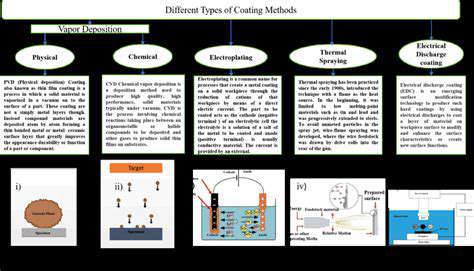
Read more about Grooming for Show Dogs: Tips from Experts
Hot Recommendations
- Best Pet Bowls: Stainless Steel and Ceramic
- Pet Hydration: Why It's Crucial
- Stop Counter Surfing: Training Your Dog to Stay Off
- Pet Hypothyroidism: Symptoms and Management
- Signs of Pet Liver Disease: What to Watch For
- Pet Emergency Kits: What to Pack
- Dangers of Xylitol: Toxic to Dogs
- Dealing with Pet Diarrhea: When to See a Vet
- Preparing Pets for Travel: Tips for a Smooth Trip
- Pet Depression: Recognizing the Signs
